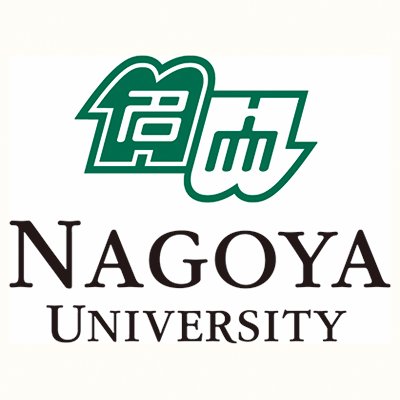Nagoya University: Discovery and successful control of the macroscopic effect of spin-orbital “quantum entanglement”
The key to developing new quantum technologies such as quantum computers and quantum sensors is to observe and control the effect of quantum entanglement (Note 1) that appears macroscopically . For further technical development, the realization of the observation and control of macroscopic quantum entanglement in magnetic materials has been desired due to the simplicity of its operation. Professor Hiroshi Sawa of the Graduate School of Engineering, Tokai National University Organization, Nagoya University, was a Specially Appointed Researcher at the Department of Physics, School of Science, the University of Tokyo, Karakusu (at the time of research), Specially Appointed Researcher, Ming Xuanhu, and the Graduate School of Science, the University of Tokyo. Akihito Sakai, Lecturer, Department of Physics, Satoru Nakatsuji, Professor, Institute for Solid State Physics, Graduate School of Science, University of Tokyo, and Kenta Kimura, Assistant Professor, Graduate School of Frontier Sciences, University of Tokyo, In addition, through international joint research with Johns Hopkins University in the United States, the Max Planck Institute in Germany, the Dresden Institute for High Magnetic Fields in Germany, and the Tata Institute of Fundamental Research in India, the magnetic ion praseodymium (Pr) forms a pyrochlore lattice (Note 2) . In the oxide Pr 2 Zr 2 O 7 , spin-orbital dynamics (Note 3) survives to extremely low temperatures due to quantum entanglement of spins and orbits, realizing a quantum spin-ice state (Note 4) , which is a topological magnetic state . confirmed. Furthermore, we have successfully observed a metamagnetic transition (Note 5) that controls the macroscopic effect of quantum entanglement with a magnetic field .
It is known that electron spins and orbitals in solids behave completely chaotically at high temperatures, whereas they form a certain pattern (=long-range order) at low temperatures. However, in order to macroscopically observe quantum entanglement (a peculiar liquid state in which both spin and orbit fluctuate), it is necessary to find a material that satisfies all of the above conditions to suppress the order, and then to obtain an extremely pure sample of the material. and precise cryogenic measurements. As a result, it was long thought to be impossible.
Our research group succeeded for the first time in synthesizing high-purity Pr 2 Zr 2 O 7 single crystals and extensively performed precise cryogenic thermodynamic measurements. Furthermore, based on theoretical verification, we found that spin-orbit dynamics due to quantum entanglement between spins and orbitals stabilizes the quantum spin-ice state. This quantum spin-ice state is a topologically new state in which quasiparticles equivalent to electric monopoles and magnetic monopoles (Note 6) are stabilized in solids, which is being explored in the field of high-energy physics. It provides a good platform for investigating the experimental control of entanglement. In the future, this research is expected to serve as a guideline for material design that realizes the spin-orbital liquid state and contribute to the discovery of new excitations. The results of this research were published in the December 1, 2022 issue of the British scientific journal Nature Physics.

